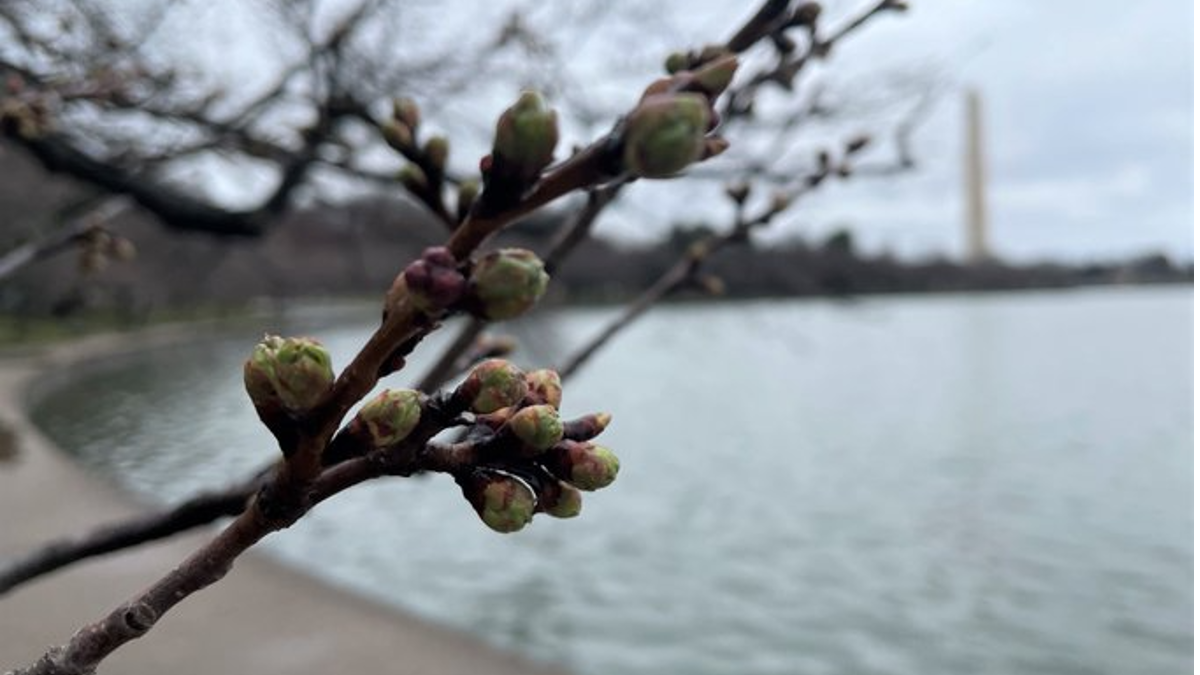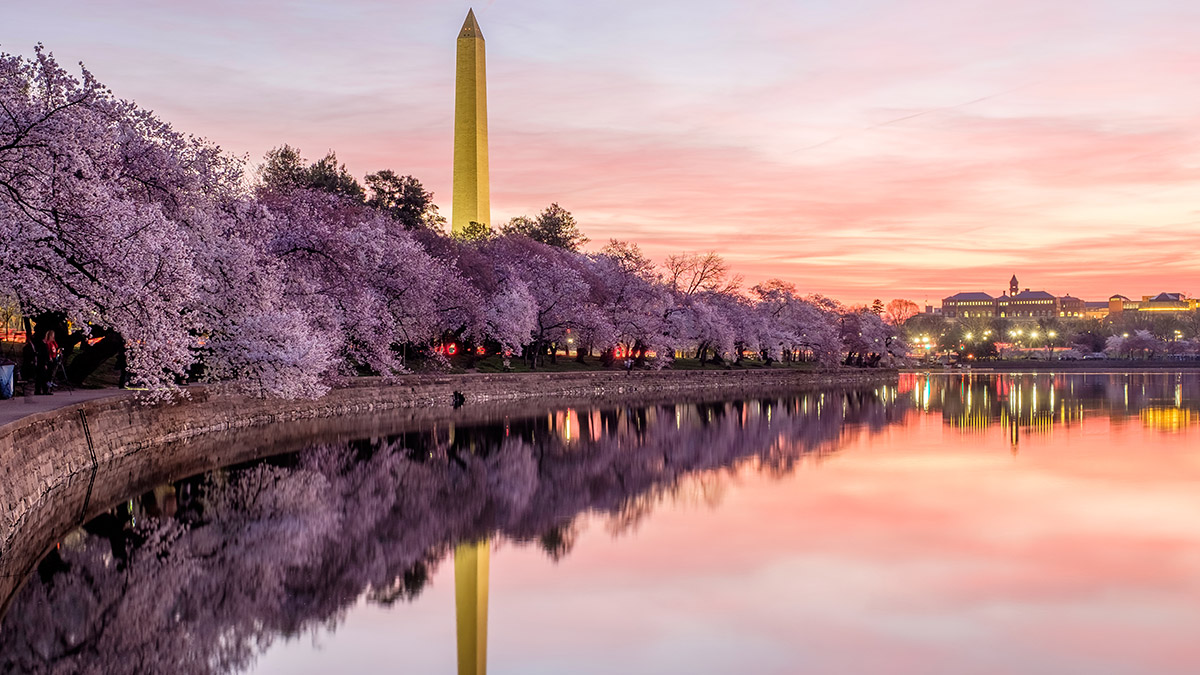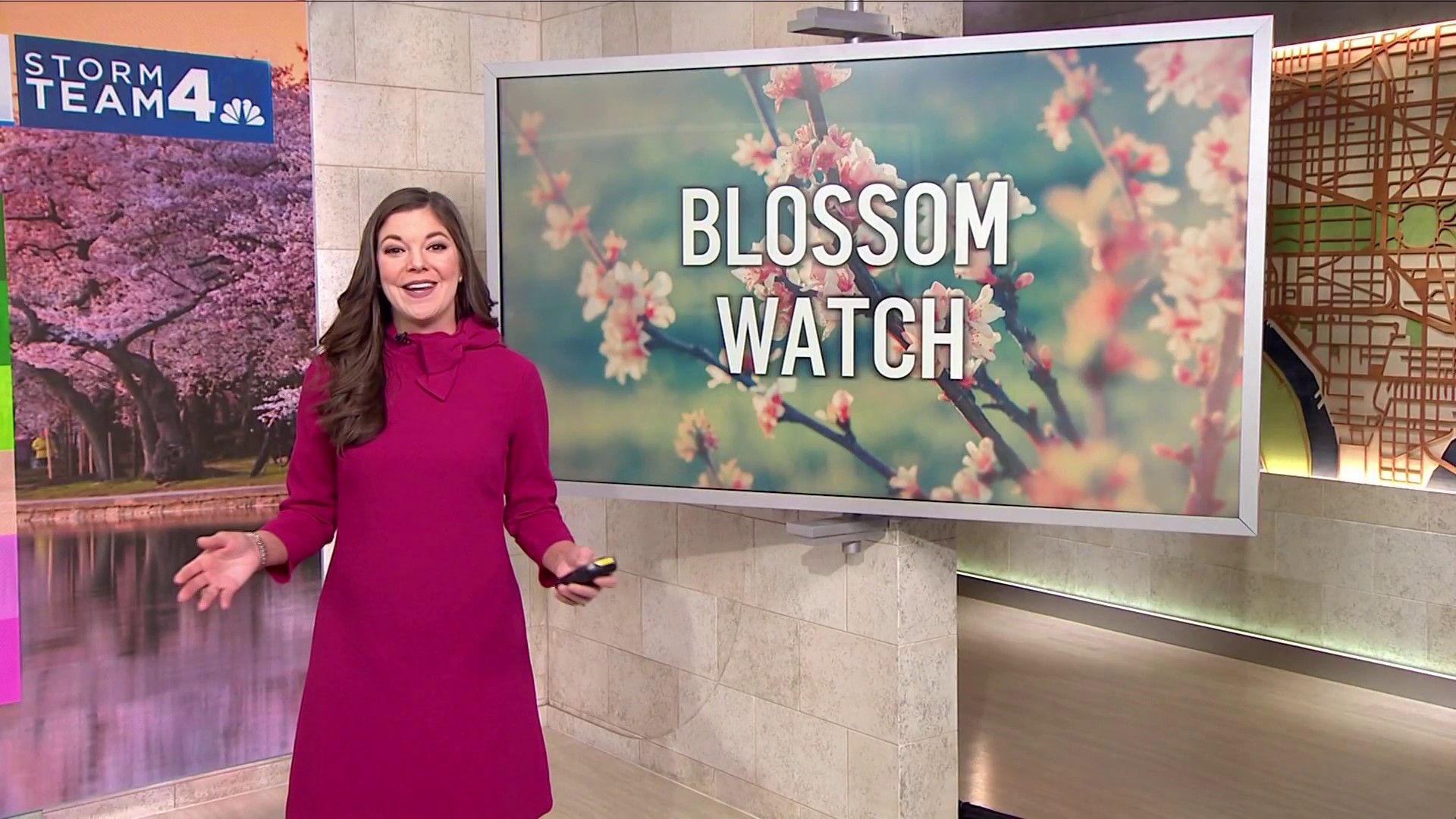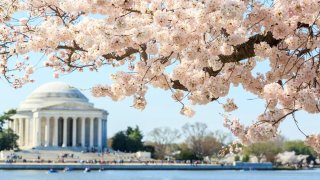
The District is already thinking pink: Cherry blossom season officially began March 1 with the National Park Service's announcement of this year's peak bloom dates. (Or possibly with the announcement that the trees had entered blooming phase 1. All the announcements are coming fast this season, OK?)
The National Cherry Blossom Festival is a huge annual event in D.C., with tourists visiting from all over the world to see the blooms. A number of local restaurants and businesses -- and even some D.C. sports teams -- also celebrate with specials, events and merch.
But why are there so many cherry trees in the DMV to begin with? You've almost definitely heard the basics, that Japan gifted the trees to the U.S. in 1912. But there's more to it than that.
It's all thanks to an Industrial-era travel writer, a former FLOTUS, some Japanese diplomats and the U.S. Department of Agriculture.
Who Was Eliza Scidmore?
Eliza Scidmore was an American "author, travel writer, newspaper correspondent, and photographer," according to the NPS, as well as National Geographic's first female writer and board member. In 1885, she was 29 years old and had just returned to the States after her first visit to Japan.
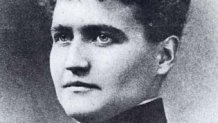
While in Japan, "she developed a great appreciation for the Japanese people, culture, and the beauty of the Japanese flowering cherry trees," according to the NPS. Scidmore came back with a mission: to beautify the land in Potomac Park by planting cherry trees there.
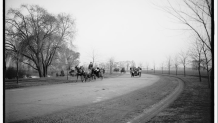
The park's land had just been reclaimed from the Potomac River when Scidmore had the idea. As she explained in a Washington Sunday Star article decades later: "...since they had to plant something in that great stretch of raw, reclaimed ground by the river bank, since they had to hide those old dump heaps with something, they might as well plant the most beautiful thing in the world—the Japanese cherry tree."
She began campaigning to make her vision a reality, presenting her idea to the superintendent of Public Buildings and Grounds. But it was met with skepticism by that superintendent and a number of others that followed.
It wasn't until 1908 — nearly 24 years later — that Scidmore succeeded.
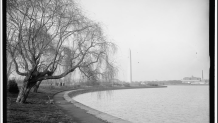
David Fairchild, a Department of Agriculture plant explorer, had been "experimenting with and advocating for the introduction of Japanese flowering cherry trees in the United States," the NPS said. In 1906, he successfully imported and planted several cherry trees in Chevy Chase, Maryland.
By 1908, Scidmore had gotten in touch with Fairchild and told him about her dream of beautifying Washington, D.C. He loved the concept and discussed it publicly at an Arbor Day event.
But it would take an even bigger ally to get the trees from Japan to the U.S.
How Did First Lady Helen Taft Get Involved?
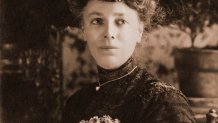
Helen Herron Taft, wife to former President Howard Taft and first lady from 1909 to 1913, was also interested in beautifying Washington, D.C., and was already considering options when Scidmore sent her a letter outlining plans to raise money to buy cherry trees and donate them to the District.
Taft responded, thanking her for the suggestion and saying "I have taken the matter up and am promised the trees," according to the NPS. The original plan was to plant the trees along what is now Independence Avenue.
Word spread quickly to Dr. Jokichi Takamine, a Japanese chemist in D.C. at the time, along with the Japanese consul. He asked the consul "whether Mrs. Taft would accept a donation of an additional two thousand trees to fill out the area," the NPS says, setting in motion a plan to gift the trees to D.C. from the city of Tokyo.
"The variety of trees species selected were to represent the different regions of the Japanese Empire," the NPS says on its website.
Yukio Ozaki, the mayor of Tokyo at the time, agreed to the idea, and by December of that year, the 2,000 trees were in Seattle, Washington, on their way to the U.S. capital for planting on the northern edge of the Tidal Basin.
When Was the First Cherry Tree From Japan Planted in D.C.?

The trees made it to Washington D.C. by Jan. 6, 1910, but planting was brought to a screeching halt when a Department of Agriculture inspection team found "insects and nematodes" in the trees.
The infestation was so bad that, to protect plants already in the U.S., the imported cherry trees had to be burned.
Luckily for blossom-loving residents of the District today, Ozaki and the Tokyo City Council authorized a second, even larger shipment of 3,020 cherry trees to the U.S. capitol.
Those trees arrived safe and healthy in D.C. in March 1912, and the trees were planted March 27 by Taft and the Viscountess Chinda, wife of the Japanese ambassador at the time.
The first two Yoshino cherry trees were planted "on the northern bank of the Tidal Basin, about 125 feet south of what is now Independence Avenue, SW," the NPS said.
And, yes — they're still standing today.
Use the slider below to compare the Tidal Basin in the early 1900s to the Tidal Basin last spring.
A plaque commemorating the occasion can be found with the trees, near the John Paul Jones Memorial.
If you're worried about finding the plaque, you can always keep an eye out for the large Japanese Stone Lantern placed nearby.
When Did the Cherry Blossom Festival Begin?
That 1912 ceremony with Taft and Chinda inspired what would eventually become the National Cherry Blossom Festival, according to the NPS. But it wasn't until 1927, when school groups began reenacting the initial planting ceremony, that the process began.
By 1935, the joint sponsorship of "many civic groups" expanded the festival into something like the event we're familiar with today.
Cherry Trees and Diplomacy
During World War II, when the U.S. and Japan were at war, the National Cherry Blossom Festival was suspended. No festival took place from 1942 until 1947 -- a decision the NPS says was a "misguided" symptom of "misplaced anger at simply anything from Japan."
Some of that anger also came from the American public at the time. Four days after the Japanese attack on Pearl Harbor in 1941, four cherry trees were cut down in suspected retaliation for the attack. While the exact reason for the vandalism never was determined, the trees were temporarily referred to as "Oriental" flowering cherry trees in hopes of preventing more damage, the NPS said.
But, just as the trees reflected the decline in diplomatic relations between the U.S. and Japan, the trees were also part of the process that repaired them after the war, the NPS said.
In 1952, Japan asked the U.S. for help restoring a grove of cherry trees that had fallen into disrepair near Tokyo during the war. That grove included the parent trees for the first plants Japan sent to D.C.

The NPS shipped budwood from descendants of D.C.'s first cherry trees back to Tokyo to try to restore the original grove. The effort succeeded, according to the NPS, and the historic grove by Japan's Arakawa River is still thriving today.
Japan sent another 3,800 trees to D.C. in 1965, which first lady "Lady Bird" Johnson planted with Ryuji Takeuchi, wife of the Japanese ambassador at the time, according to the NPS.
When more damage to trees in Japan occurred after a 1982 flood, horticulturists collected cuttings from D.C.'s Yoshino trees to repair the damaged parts of the grove.
And, in 1995, the mutual conservation efforts were set down on paper in the Sister River Agreement for the Potomac and the Arakawa rivers.
2023's National Cherry Blossom Festival
Last year's festival marked 110 years since the cherry trees were first gifted to the U.S. The anniversary was all the more more resonant two years after 2020's festival was canceled — with just one week's notice — due to the COVID-19 pandemic.
This year's festival is set for March 20-April 16. Events across the District will include the Pink Tie Party (March 16), the Blossom Kite Festival (March 25), Petalpalooza (April 8), the Cherry Blossom 10-Mile Run (April 1) and 5K run/walk (April 2), and the Sakura Matsuri Japanese Street Festival (April 15-16). Mickey and Minnie Mouse will serve as grand marshals of the parade along Constitution Avenue on April 15.
For more information about the 2023 festival and a timeline of the cherry trees, you can go to the festival's official website here. NBC Washington's The Weekend Scene will also be featuring some of the best and brightest the festival has to offer — you can sign up here to make sure you don't miss a thing.

